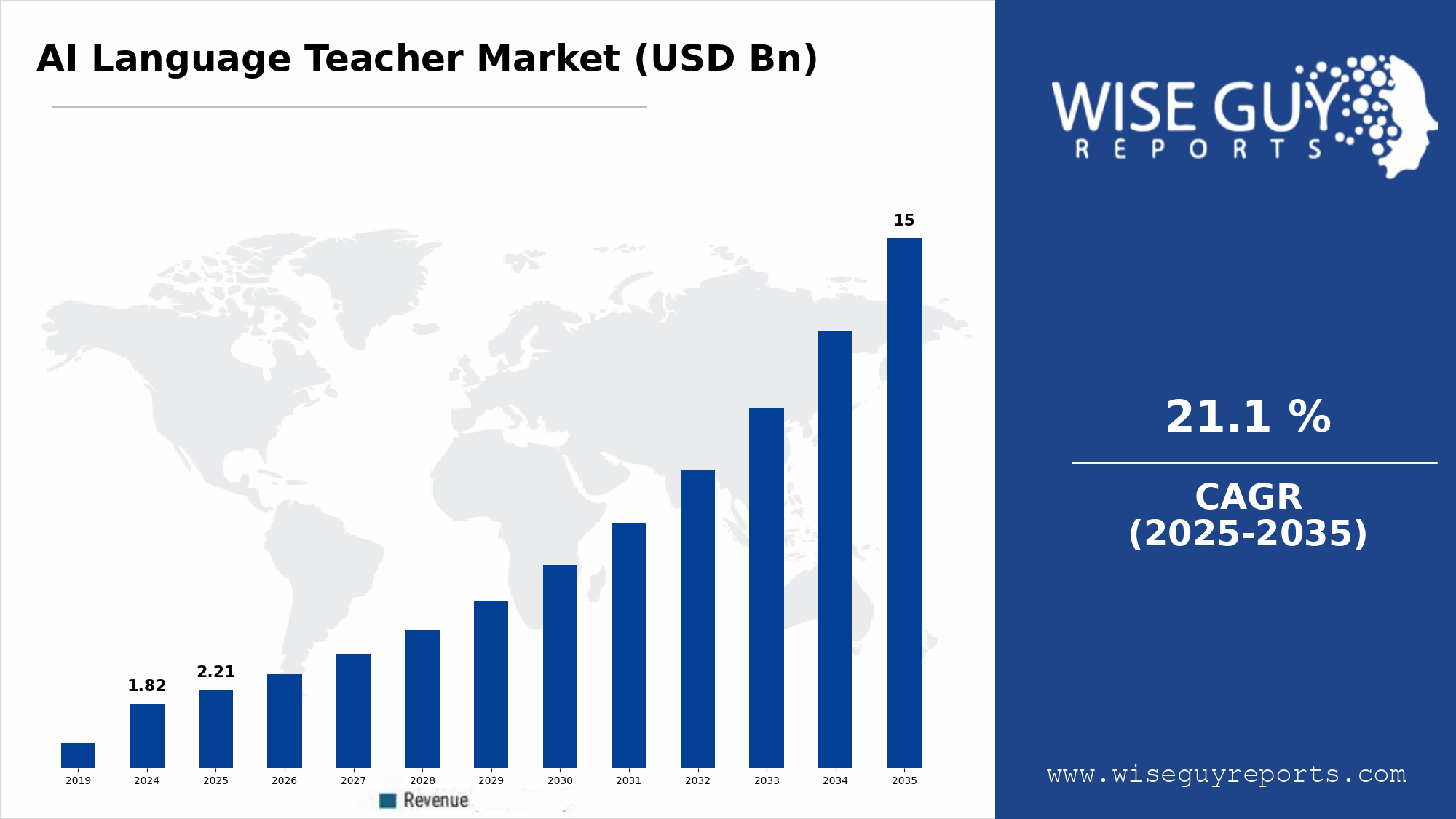Despite the market's rapid growth and promising future, it is constrained by several significant AI Language Teacher Market Restraints that pose challenges to widespread adoption and long-term success. The most fundamental restraint is the current technological limitation of AI in understanding and replicating the full spectrum of human communication. While AI is excellent at correcting grammar and syntax, it struggles with the subtle, non-verbal, and cultural nuances that are integral to true fluency. It cannot easily teach appropriate tone, humor, sarcasm, or the countless idioms that native speakers use intuitively. This lack of deep contextual and cultural understanding means that even the most advanced AI tutor can only take a learner so far, and reliance solely on AI could lead to a stilted, "textbook" style of speaking. This technological gap ensures that for the foreseeable future, AI tutors will be seen by many serious learners as a supplement to, rather than a complete replacement for, human interaction and immersion.
A second major restraint revolves around data privacy and security concerns. To provide a personalized learning experience, AI language teachers must collect and analyze vast amounts of user data, including voice recordings, chat logs, and performance metrics. This raises significant privacy questions for consumers, who may be uncomfortable with their conversations being stored and processed on company servers. For the B2B and B2E markets, these concerns are even more acute. Corporations and educational institutions have strict data governance policies and are often hesitant to adopt platforms that cannot guarantee the security and privacy of their employees' or students' data. The complex web of international data protection regulations, such as GDPR, adds another layer of complexity and compliance cost for market players, acting as a significant barrier to entry and a potential liability for established companies.
Economic and accessibility factors present a third set of restraints. While AI tutors are more affordable than human tutors, the subscription costs can still be a barrier for learners in developing countries or for individuals with low disposable incomes. This creates a digital divide, where the benefits of this advanced educational technology are not equally accessible to all. Furthermore, these platforms are heavily dependent on reliable, high-speed internet connectivity, particularly for real-time speech processing. In many regions of the world where internet infrastructure is poor or mobile data is expensive, the usability of these applications is severely limited. The need for a relatively modern smartphone or computer to run the applications also presents a hardware barrier for some potential users, collectively restraining the market from achieving its full global potential.



